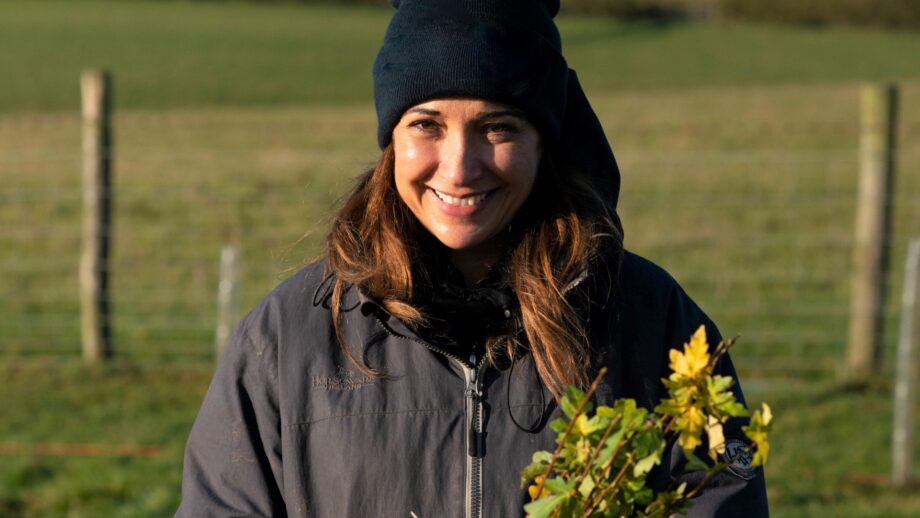Faced with a changing climate and increasing rainfall, Leicestershire farmer and horse owner Rachael Spence needed to reduce flood risk to futureproof her land and business. Trees were the answer.
Rachael manages over 100 acres of land, growing grass and grazing horses. For years, the land was blighted by flooding and soil erosion, affecting the economic viability of the business and causing soil degradation and other environmental harms. Action was needed.
“In the last five years we’ve noticed a huge difference in the weather and amount of rainfall here, which has created quite a few problems,” Rachael explains. “We have a pond on the land which we decided to make bigger, and we were looking for solutions that were cost effective and good for the environment too.”

Rachael is looking forward to reaping the benefits of additional trees and shrubs. Credit: Tom Sheppard/WTML
A quick review of recent data confirms extreme weather is becoming a significant risk factor for the UK. Four of the five hottest days in the UK since records began in 1911 have occurred since 2019 with temperatures exceeding 40oC in July 2022. This was quickly followed by England having the wettest 18-month period ever recorded by the Environment Agency with 1,695.9mm of rain between October 2022 and March 2024.
Extreme weather events bring serious downstream consequences. The heatwave of 2022 caused whole fruit and vegetable crops to fail and quality to deteriorate. The following deluge saw vegetable yields drop nearly 5% in 2023, whilst fruit production volumes fell by 12% and England suffered the 2nd worst cereals harvest in 2024 after this record-breaking wet weather hit both yields and quality. The livestock sector fares no better with extreme weather impacting the health, welfare and economic performance.
How can trees help?
Planting trees can form part of regenerative farming practice that restores the essential components of a healthy eco-system; soil quality, water quality and biodiversity to produce nutrient-dense food. Done well, it can bring resilience into farming systems enabling them to adapt to climate change.
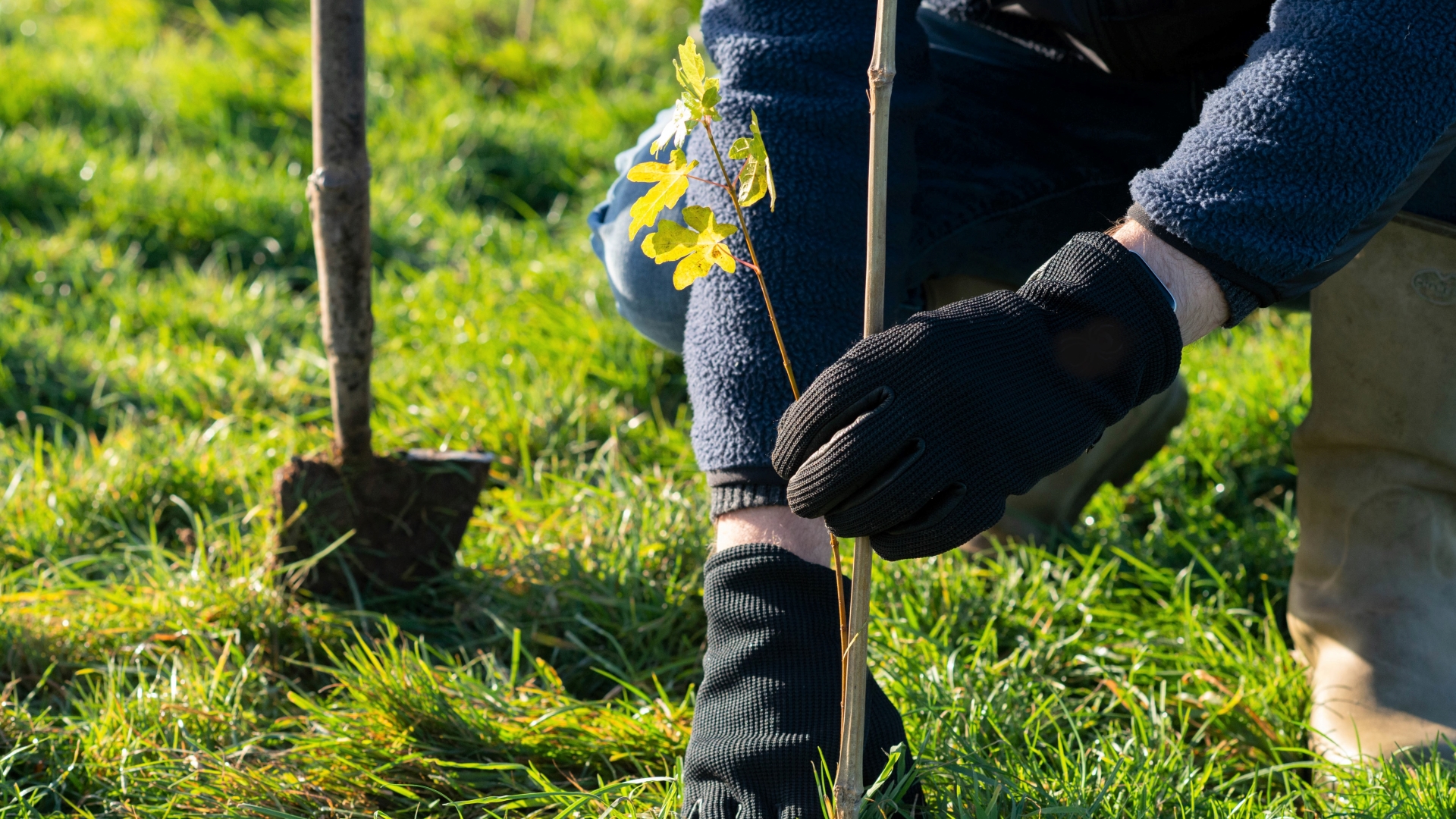
Planting trees can help restore a healthy eco-system. Credit: Philip Formby/WTML
Along riverbanks and on floodplains trees act as a drag on floodwater, slowing its progress. By strengthening soil structure, they increase water infiltration up to 60 times higher than on adjoining land. This is especially helpful where cropping changes and the removal of trees has increased field run-off. The improved absorption reduces run-off by helping water soak deep underground rather than sitting on the surface, where it damages productive land. The enhanced soil structure prevents pollutants and nutrients from leaching out of the soil and into local watercourses too.
Where trees grow, water held in the soil is reduced further by transpiration, and importantly for Rachael, their roots help bind soil to sloping ground, like riverbanks and ponds. As a horse owner, she was also keen to provide a more comfortable living environment for her horses, sheltering them from strong winds and reducing heat stress.
The planting plan
Looking for a long-term solution, Rachael turned to the Woodland Trust’s MOREwoods scheme, which provides subsidised trees backed by expert advice for landowners on tree-planting and management.
“What better way to make a difference than trees?” she explains. “A few friends mentioned the MOREwoods scheme so I looked into it. The advice on offer made me choose them, as I knew I needed help to select the right trees and achieve what I wanted.
“It very simple to apply. Once my application was in, within two months the Woodland Trust representative came out to see me which was a huge help because I didn’t know what variety of trees to plant. But I did have quite a specific need with the flooding and erosion that we have, and they were brilliant, really helpful.
“Working with the adviser, we decided on planting out one hectare, which equated to 750 trees and 250 shrubs.”
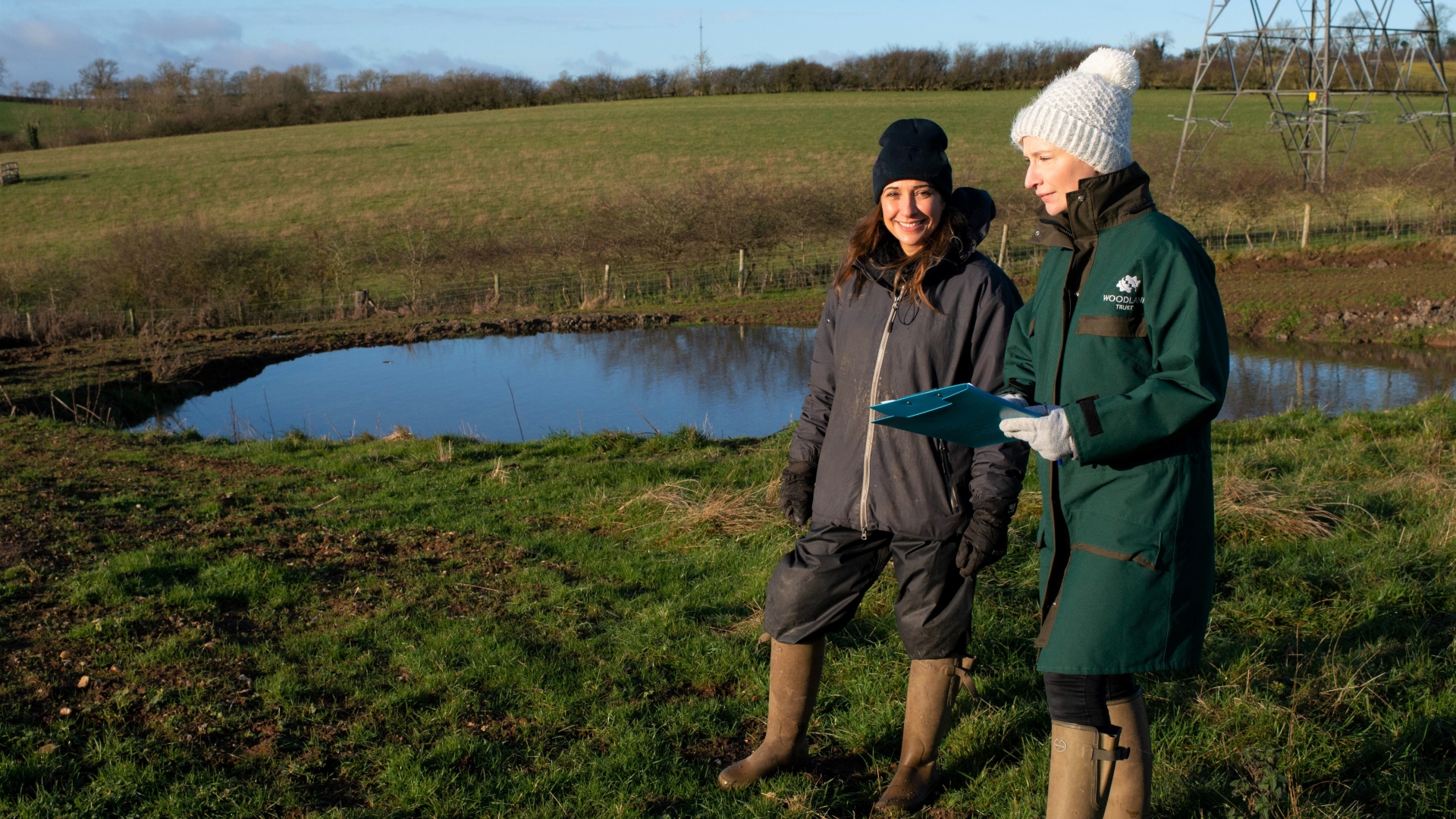
Rachael has planted native trees around this pond. Credit: Philip Formby/WTML
Native species including oak, hornbeam and field maple were planted near the pond which suffered ongoing drainage and erosion issues. These species were chosen for their ability to grow well in wet conditions, straightforward management and value for wildlife. All were sourced and grown in the UK to ensure traceability and reduce the risk of importing pests and diseases.
Rachael’s woodland will start to emerge in the next three to five years, enhancing biodiversity and improving drainage at the site, while making the local landscape more resilient.
“We’re already noticing a big difference,” Rachael adds. “I’m very excited not only at how it will look in 20 or 30 years’ time, but also the benefits to nature it will bring. If other people have land they are unable to use or problems with drainage, I would highly recommend seeking advice from the Trust.”
“Without the subsidy we could not have planted such a large area. It was crucial to being able to afford to plant out a hectare of land.”
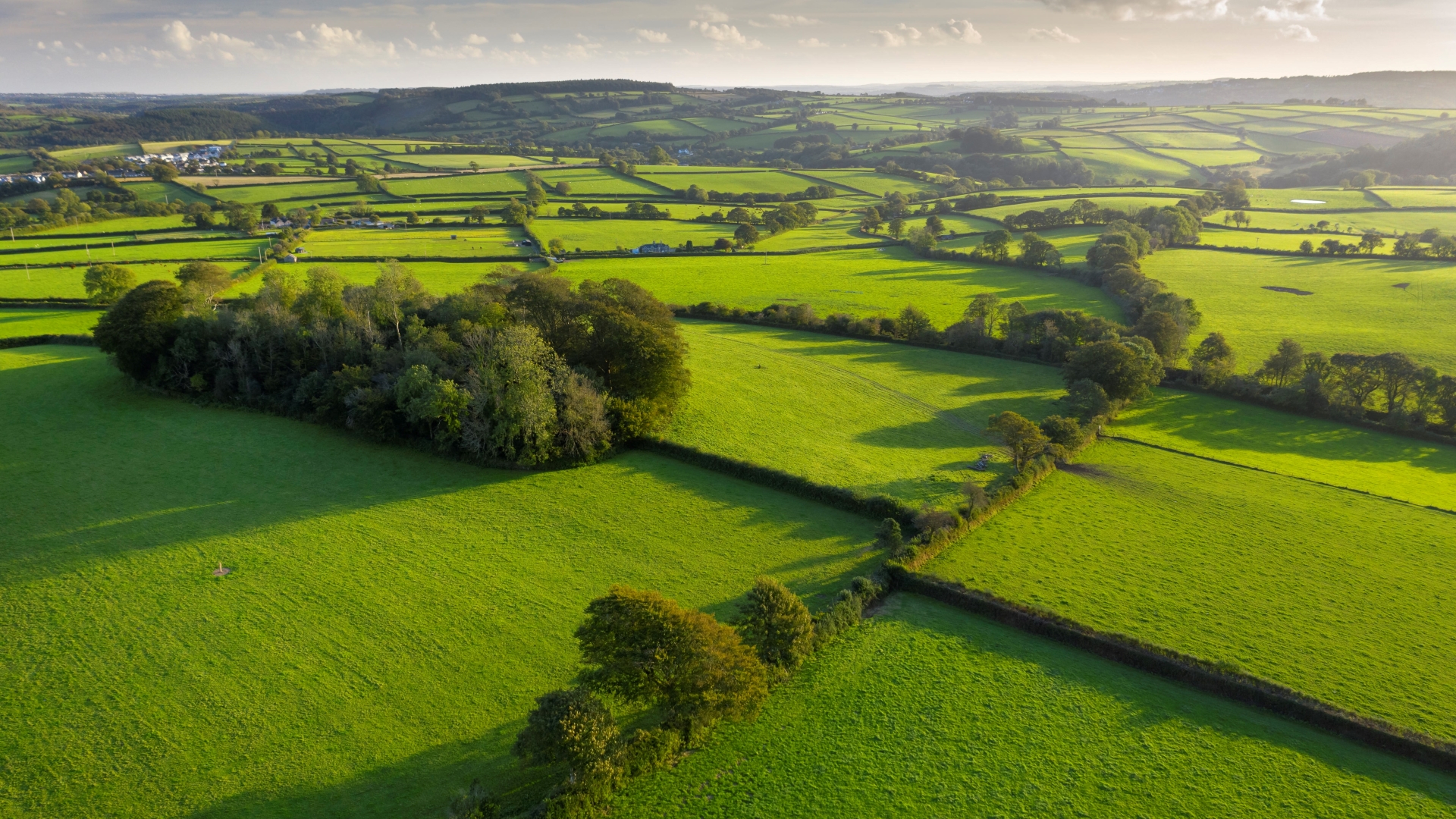
Trees and hedgerows play an important role in the British landscape. Credit: Adam Burton/WTML
Reap the benefits on your land
At the Woodland Trust we know that every farm – and business – is different, so there’s no one-size-fits-all answer when it comes to tree planting. For arable farmers it could be buffer strips for flood management; for livestock producers, it might be shelterbelts for shade and browsing. Others may want to plant up unproductive land for wildlife and farm diversification.
Through our MOREwoods scheme we provide free, on-farm advice to create a planting plan and species mix to meet your specific objectives. We provide the trees and tree protection you need to get planting, and with funding of 75%, you can plant much more for less.
Applications closing soon. Apply by 30 November to plant this winter: woodlandtrust.org.uk/morewoods
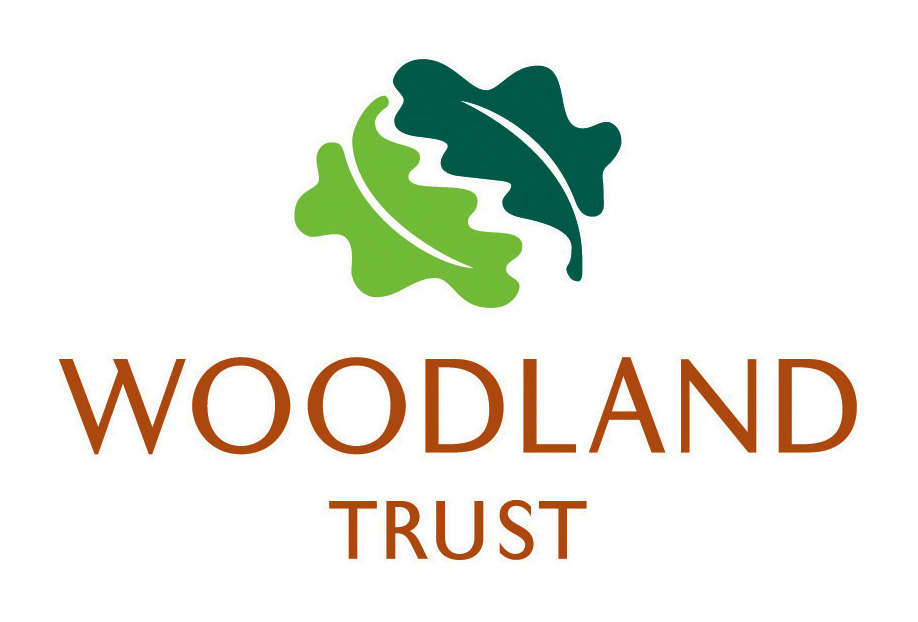
The Woodland Trust is a registered charity (294344 and SC038885). The Woodland Trust logo is a registered trademark.
